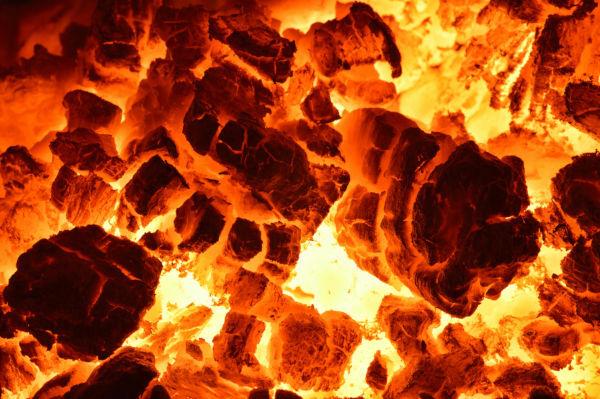Since the Second Industrial Revolution (19th century), oil has been the main source used as fuel. This substance, after passing through refineries, gives rise to several by-products, including kerosene.
Kerosene is a liquid hydrocarbon obtained through the fractional distillation of petroleum. This fuel began to be produced on an industrial scale in 1859, when Edwin Drake discovered oil in Tutsville, in the United States, and, through the installation of a rudimentary refinery, manufactured the kerosene.
Widely used in residential lighting, kerosene was the most important petroleum product until 1911, when automobiles with gasoline engines became popular. It was only in 1939, with the development of jet-powered aircraft, that kerosene was once again widely used as fuel.
Do not stop now... There's more after the advertising ;)
In addition to jet fuel and residential lighting, kerosene can also be used as a solvent, fuel for portable stoves, and a cleaning product. It is important to emphasize that this fuel is flammable, and it is necessary to store it in suitable places. Another characteristic of kerosene is that it is non-polar, that is, it is not soluble in water.
By Wagner de Cerqueira and Francisco
Graduated in Geography
Brazil School Team
Would you like to reference this text in a school or academic work? Look:
FRANCISCO, Wagner de Cerqueira and. "Kerosene"; Brazil School. Available in: https://brasilescola.uol.com.br/geografia/querosene.htm. Accessed on June 28, 2021.


